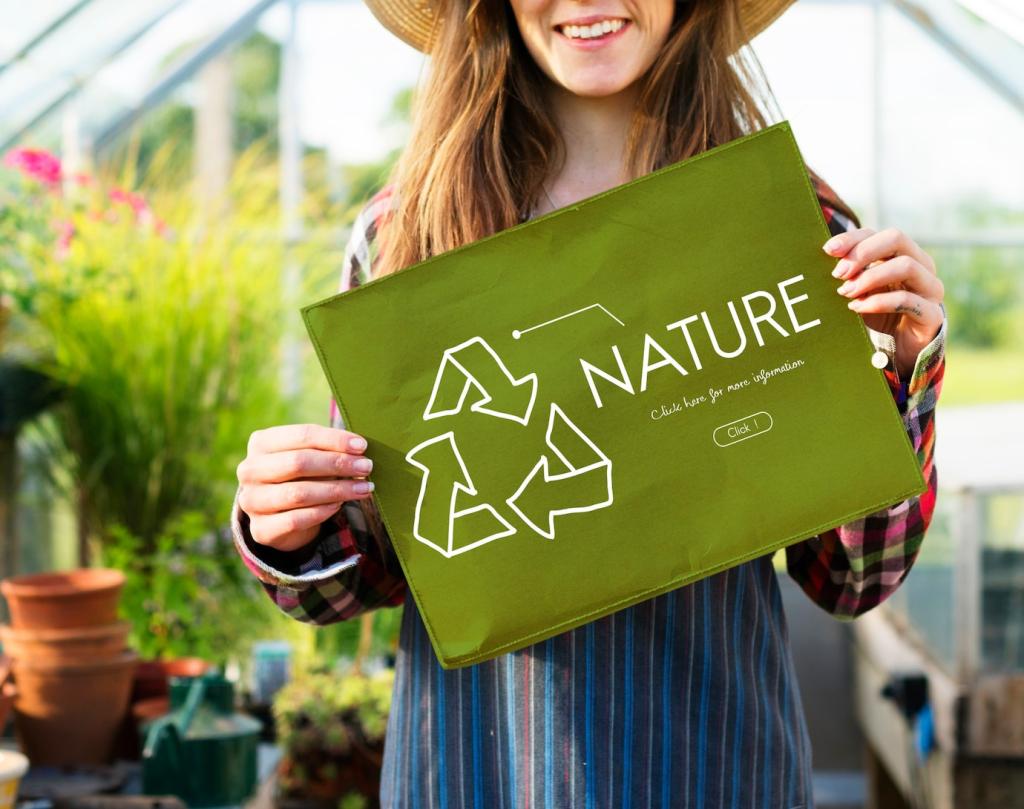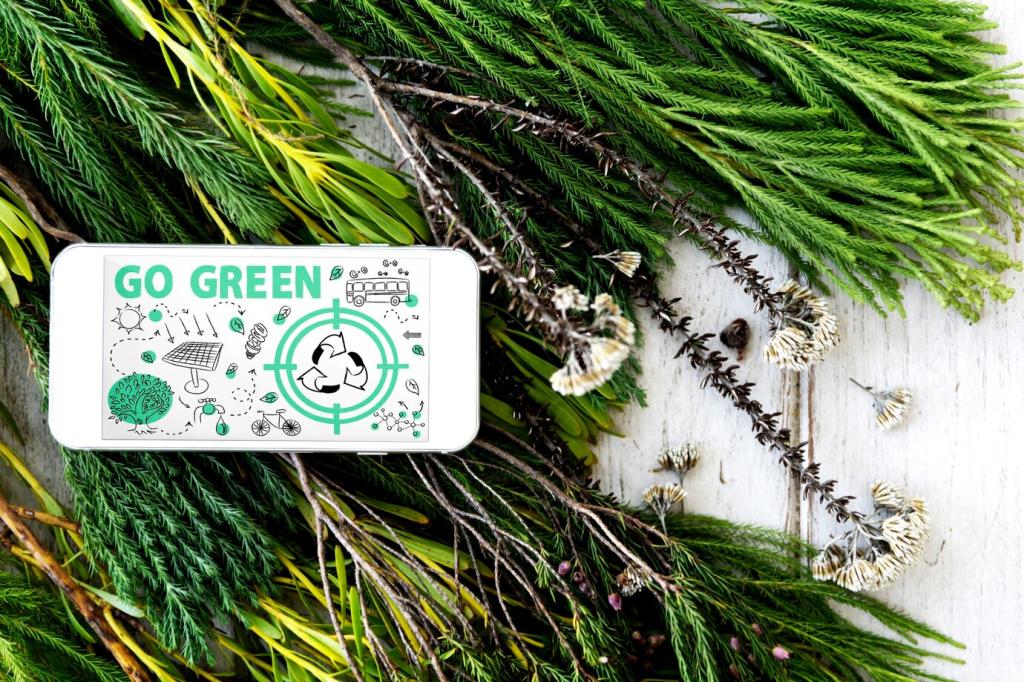Core Principles and Useful Frameworks
Lead with evidence, write in everyday language, and tie benefits to real-world use. This trio curbs greenwashing, elevates substance, and meets customers where they actually are—busy, skeptical, and looking for practical reasons to believe and act.
Core Principles and Useful Frameworks
Swap generalities for measurable facts: percentage recycled content, take-back rates, third-party certifications, or lifecycle improvements. When possible, link to methodology summaries so readers can verify claims without being overwhelmed by technical detail.






